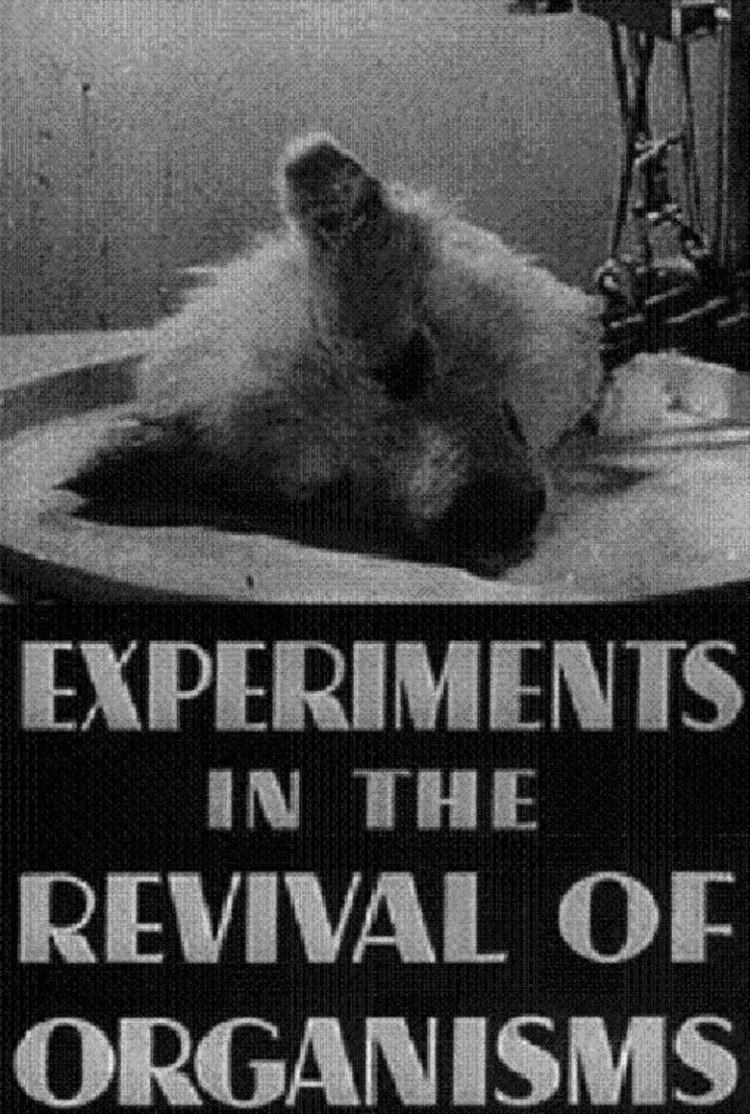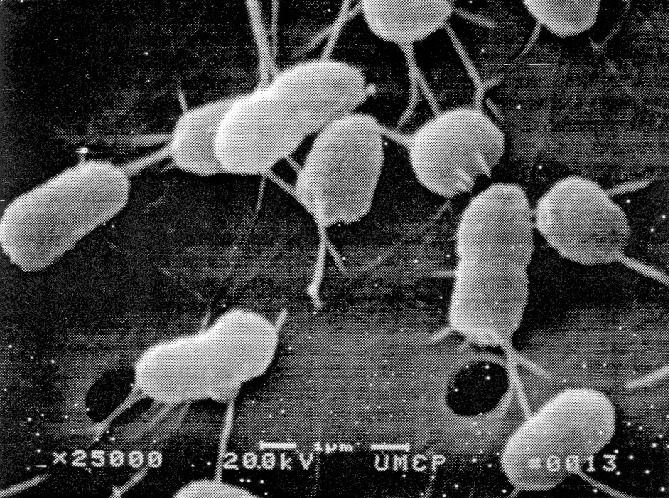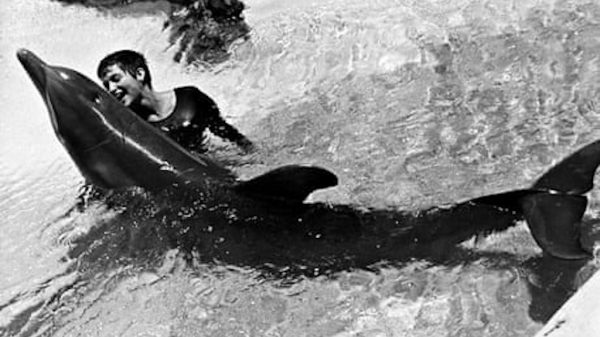For years, people have attempted to find ways of accurately condensing the notions of science, biotechnology, and specifically, more “taboo” fields like genetic engineering and subject research. Some of us may deem these systematic approaches to discovery as “playing God,” whereas others may automatically think of cautionary tales such as Frankenstein. Regardless of one’s stance, it is undeniably a concept that a lot of people have struggled to comprehend.
Certainly, that trepidation holds at least some level of validity to it. After all, people have done some pretty bizarre shit in the name of science; goats that produce spider silk, cats that glow in the dark, mice that produce milk (which you can actually drink, apparently), cabbages modified with scorpion venom, etc etc.
There is definitely a discussion to be had in regards to the merit of such things, as well. Time and time again, we have seen horrific violations of medical and scientific principles on innocent, non-consenting subjects; from the experiments in Nazi Germany to Project MKUltra, the extent in which humans are capable of displaying pure wickedness on their own kind is no greater exemplified than in these instances.
Despite this, a great number of unethical (or exceedingly questionable) practices have fallen far under the radar of the general populous. Some of these practices have extended beyond the realm of humans, and have often involved the experimentation and testing of non-human animals.
One such noteworthy case comes from the mind of a Russian-Soviet biologist, by the name of Ilya Ivanovich Ivanov.

In the 1920s, Ilya Ivanovich Ivanov was primarily commended for his work in the field of artificial insemination, specifically in perfecting it with horse breeding. His work in said field – which involved the enabling of a single stallion to fertilize up to 500 mares – had been globally touted by breeders as an exceptional feat, and he was often visited by them in the hopes that he would provide this to their own stallions. But Ivanov’s biological “ambitions” ran far past the gamut of relative normalcy. Where Ivanov’s interest primarily lied, was in the field of “interspecific hybridization”.
More specifically? Human-ape hybrids.
For whatever reason, Ivanov was quite eager, and…rather hell-bent on fully realizing this vision of his. After a handful of successful endeavors breeding hybridized donkeys and zebras, as well as bison and cows, he had traveled all the way to (what was then known as) French West Africa in the hopes of collecting wild apes for his decidedly creepy experiment. One of his most notable human-ape hybridization attempts came in the form of transplanting a human ovary into a female chimpanzee, and inseminating her with the sperm of a human male. Ivanov had also attempted to inseminate a handful of human females with the sperm of a male ape; despite a handful of volunteers for the latter experiment, both of these attempts were extraordinarily…unsuccessful. Ivanov’s public image promptly suffered, due to these experiments. He was eventually arrested and exiled near the end of 1930.
However, the unmitigated strangeness that one can find in the worlds of genetic engineering and subject experimentation doesn’t stop there.

Released in 1940, a Soviet film entitled ‘Experiments in the Revival of Organisms’ depicted research conducted by Soviet scientists into the reanimation of organisms that were clinically dead. The scientists showcased in the film – Boris Levinskovsky and Sergei Brukhonenko – found that the most tasteful, most appropriate way to demonstrate their new heart-lung apparatus invention (named the ‘autojektor’)…was to sever the head of a live dog, removing the heart from its body, and placing it onto the apparatus. A lung was placed on a tray, which had bellows giving oxygen to the blood – thus permitting the heart to pump externally.
Despite all of this, the dog was apparently brought back to life somehow. This entire process was supposedly conducted on several various animals, but many are inclined to believe that the animals survived for only a couple of minutes at most.

For this last one, we have to look towards America itself.
Certainly, the United States of America are no strangers to violating ethics and principles in the name of medical, scientific, or (in this instance), war-centric knowledge. But one such act of iniquity is notable for the fact that it was tested…on their own population.
In 1950, the U.S. Navy conducted a secret experiment within the immediate outskirts of San Francisco, called ‘Operation Sea-Spray’. The goal of this experiment was to ostensibly test the susceptibility of a more largely-populated city, by spraying a type of bacterium known as Serratia marcescens; a bacteria that is capable of thriving just about anywhere, at any time.
Shortly after the spraying took place, the Navy visited well over 40 different sites in order to sample and track the bacteria, and see just how far it could spread to the city.

The result of the spraying was quite horrifying…
It was discovered that the bacteria’s reach had quickly extended past the city itself, and had begun ravaging the city’s surroundings. Countless numbers of innocent civilians were breathing in the highly infested spores from the bacteria, and many fell horribly ill. It is believed that a good number of civilians also died, due to complications from this test.
What is perhaps the most unsettling aspect of this incident is the fact that, not only have similar experiments been conducted before AND after then…but this particular experiment was completely unknown to the general public until nearly 30 years later. Furthermore, many believe that the effects of this experiment can still be felt today in San Francisco’s ecological state.

These are but a small handful of events that could perhaps be viewed as definitive cautionary tales displayed in the real world; a warning to those who are doomed to repeat history, because of their own faulty lack of knowledge and awareness of what came before them. Others may view it as merely trial and error, but not as a reason to stifle knowledge and discovery. Some people probably just don’t care all that much.
Personally, I fall somewhere in the middle of the first two.
While I do believe that we should be aware of our own past and our own folly, I don’t believe that the actions of a few should forbid the exploration of those who are earnest and benevolent; good people doing good work. This world, this plain of existence that we inhabit… it is so incredibly vast, ever-expanding, and rich with things to learn and explore. In many ways, it would be a disservice not to do so.
But we shouldn’t abuse or disregard that which nature has given. Fostering respect for life, and for the natural world, should never come at the cost of what it has to offer.









